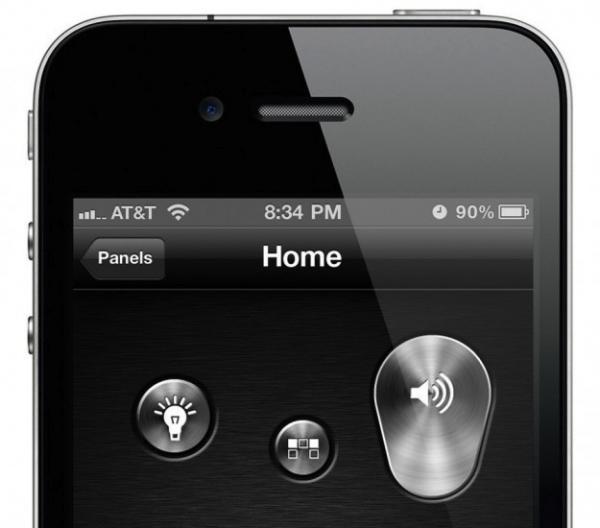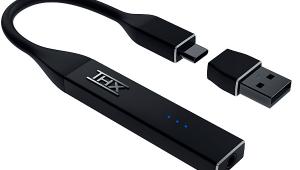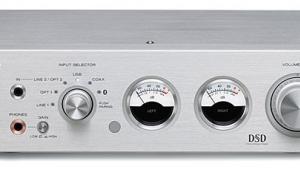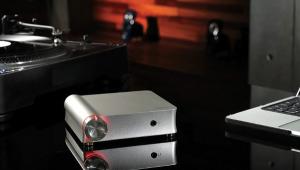iPhone Home

When we first looked at iPhone/iPod touch remote control solutions in our September 2010 issue, the concept was novel enough that we were unabashedly gushy. There was only a bare handful of remote control apps, and the variety of angles by which they attacked, mostly success- fully, the ever-vexing problem of how to operate an A/V system without losing any marbles (and then throwing them, hard, at expensive components) was truly cool.
That was then; this is now. Today we’re up to the iPhone 5, there’s such a thing as an iPad (not to mention Android phones and tablets), and there are several dozen iRemote solutions on the market. Time for a rematch: S+V has rounded up three leaders from the latest crop, toughened up our critical faculties, and launched into the fray.
Some things, however, have not changed: There are still two basic ways to skin this particular cat. Standalone solutions use the iDevice directly, though necessarily aided by an infrared-emitting dongle that plugs into its multipin port.
Two-piece systems leave your iThingie naked as the day it emerged from Apple’s elegant packaging, but require purchase of separate hardware that outputs the infrared commands, usually in a room-suffusing “flood,” to control the A/V gear. The iPhone merely serves as the user interface and communicates with the external hardware using IP via Wi-Fi or Bluetooth.
There are, of course, pluses and minuses to each approach. The standalone solution gains a potential price advantage by requiring only a relatively inexpensive IR dongle (the control app in this case is typically free) — but you have to attach and detach it every time you repurpose your iPhone from remote control to portable Internet device or that other thing — what’s it called again? Oh yeah, “cell-phone.” There’s also the issue of the iPhone 5’s new, smaller “Lightspeed” sync/ charge connector (a surprise announcement that came along just as we were going to press with this feature). The upshot of that development is that a Lightspeed adapter (around $30 from Apple) will be required to use either of the dongle-based solutions featured here with an iPhone 5.
Further, and don’t ask me how I know, I’ve heard that dongles are at risk of disappearing into sofa cushions, or winding up in the pair of jeans you left over at your girlfriend’s because you forgot to unplug it before you grabbed your phone and?ran out the door yesterday. By the same token, though, you can take the dongle wherever you go (deliberately, this time) and use it on any other system, usually with just a bit of setup. (Another standalone hazard: When the iDevice battery runs low, you have no choice but to remove the IR dongle, however briefly, for a charge.)
The two-piece setup suffers none of these perils, because there’s no dongle. But this means you cannot use it, as is,?in another locale or even another room. However, most two-piece products encour-age you to buy a second hardware intermediary, making their solution operable in a second room as long as it’s within reach of your home’s Wi-Fi network.
One quick note: Each of these systems’ apps also runs on iPads, but since only iRule has an iPad-specific control app, and since the smaller iPhone/iPod touch is clearly the more remote control-like, I confined my trials to use on my iPhone 3GS. (Outside of audio and video, I’m a trailing-edge technology guy.) Latest-gen iPads (and iPhones) will feature larger and/or spiffier screens, and (perhaps) snappier run/quit responses, but should otherwise perform identically.





























































